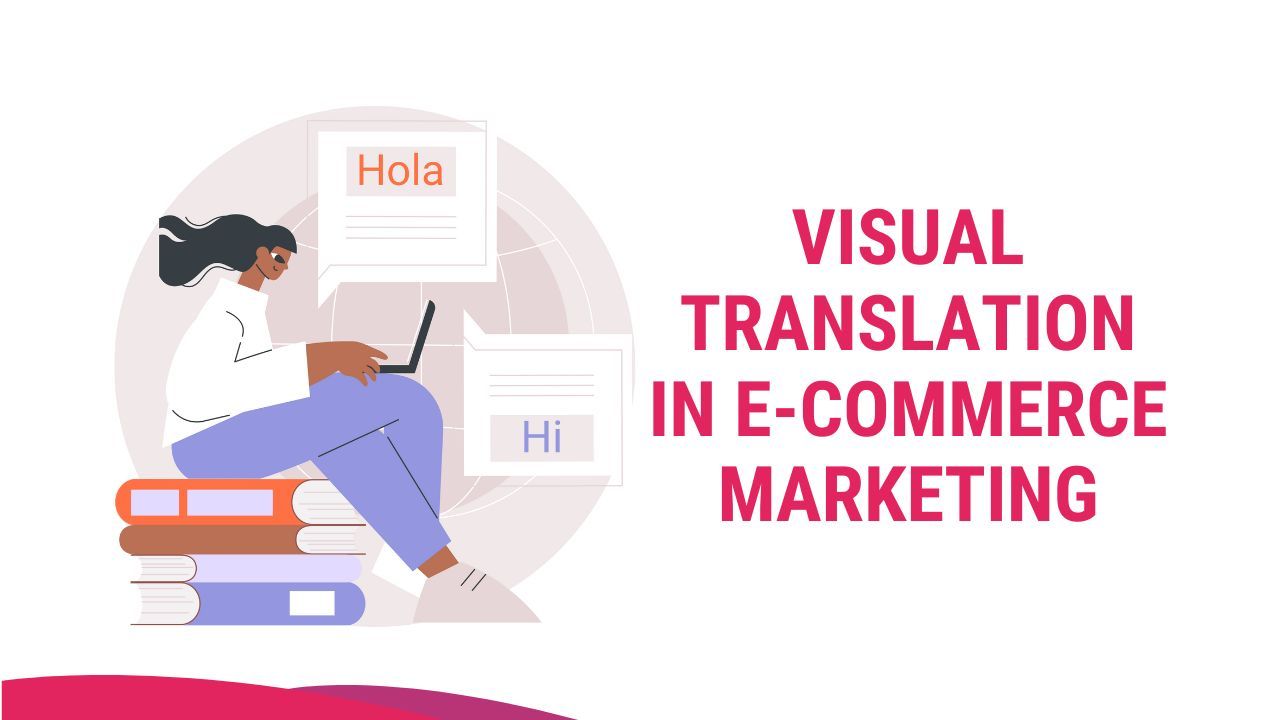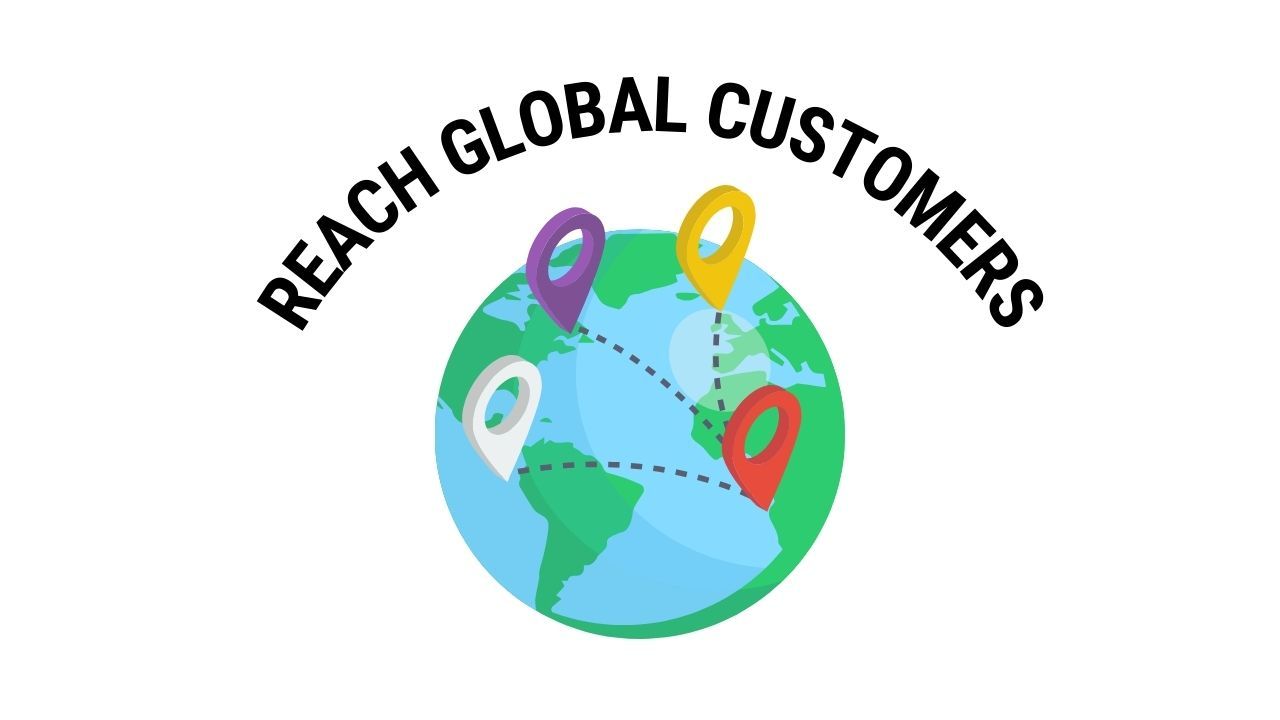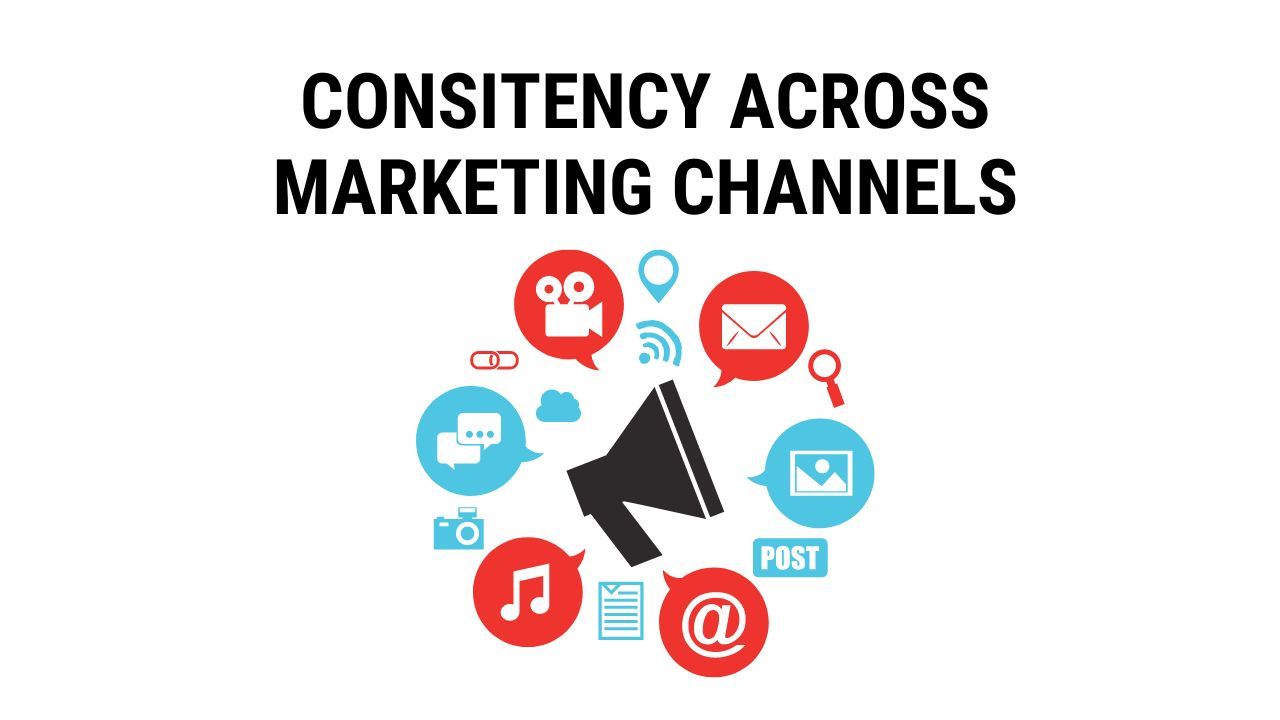The Power of Visual Translation in E-Commerce Marketing

Effective communication is paramount for any e-commerce business going global. Visual translation transforms how businesses engage with audiences across borders by translating text within images while preserving the original design. This innovation helps companies deliver localized content that resonates with diverse customers, enhancing user experience and promoting brand loyalty. Visual translation has become a game-changer, enabling businesses to expand their reach effortlessly and connect with international markets in a personal and impactful way.
Understanding Visual Translation
Visual translation is the conversion of texts within an image into a different language of the user’s choice. This technology uses the OCR method, which scans the images for any text and then translates it into the specified language. Visual translation has become easy with apps like Google Translate for photos, where users can translate text on images in seconds.
Visual Translation Matters in E-Commerce Marketing
One of the fundamental aspects of e-commerce marketing is clear communication. It is the key to converting casual visitors into loyal customers. Visual translation allows brands to localize content without losing the visual appeal that resonates with diverse audiences. Here is how visual translation helps e-commerce businesses with their marketing efforts:
Global Reach and Accessibility

E-commerce businesses often cater to international customers, using English as the primary language to communicate across borders. However, not all clients are fluent in English, which can create barriers. Visual translation breaks these language barriers, enabling businesses to reach a wider, global audience. For example, a customer browsing a product catalog from Japan can easily understand product descriptions, instructions, or labels when translated into their native language. Tools like Google Translate and advanced image translation solutions like ImageTranslate allow businesses to offer localized content, enhancing the overall customer experience and accessibility.
Enhanced Customer Experience
Customer experience is paramount in any e-commerce business. When customers can easily understand product information, they are more confident in making informed purchase decisions. Visual translation tools, such as Google Photo Translate and ImageTranslate, play a key role in improving the shopping experience by removing language barriers. Whether it’s translating product specifications, user manuals, or advertisements, visual translation ensures that customers receive all the necessary information in their native language, fostering trust and satisfaction.
Consistency Across Marketing Channels

Consistency is key to effective marketing. With visual translation tools, e-commerce businesses can maintain a unified message across all platforms, whether an online ad, a social media post, or product packaging. No matter the language, the core message remains clear and cohesive, helping to reinforce brand identity. This consistency enhances brand recognition and creates a strong, reliable image in international markets.
Cost-Effective Localization
Traditional localization methods that involve hiring professional translators for every piece of content can be time-consuming and expensive. Visual translation offers a more affordable and efficient alternative, allowing businesses to translate images and text quickly without compromising quality. Tools for picture translation make it easy for companies to localize product labels and packaging, saving both time and money.
Improved SEO and Visibility

Search engines prioritize content that is accessible and understandable to users. By incorporating visual translation into their strategy, businesses can improve their SEO and increase visibility in local search results. For example, translating product images and descriptions into multiple languages boosts the chances of appearing in relevant searches, ultimately driving more traffic to the e-commerce site.
Tools for Visual Translation
Effective visual translation tools are essential for e-commerce businesses catering to a multilingual audience. Google Translate offers a convenient image translation feature that supports over a hundred languages, making it ideal for translating product labels and marketing materials. ImageTranslate is another tool that offers robust photo translation capabilities, supporting over 40 languages and allowing for the translation of text from images, which is valuable for translating international product packaging and marketing materials. DeepL Translator is renowned for its accurate and natural translations, though it focuses on text rather than images. Tools like Yandex Translate and Microsoft Translator offer efficient image-to-text translation. These image translation tools enhance accessibility and improve customer experience by breaking down language barriers, helping businesses expand their global reach. For a more detailed look at these tools, check out this comprehensive guide on visual translation tools.
Visual translation is one of the most important capabilities for e-commerce businesses aiming to expand their global reach. By leveraging advanced tools like Google Translate and ImageTranslate, companies can effectively bridge language gaps and enhance customer satisfaction. Visual translation provides clear, accurate translations at a low cost, making it an essential asset for businesses of all sizes in a digital marketplace—whether they are just starting to enter international markets or looking to strengthen their global presence. Incorporating visual translation into their operations not only facilitates smoother communication but also supports successful global branding and expansion.

